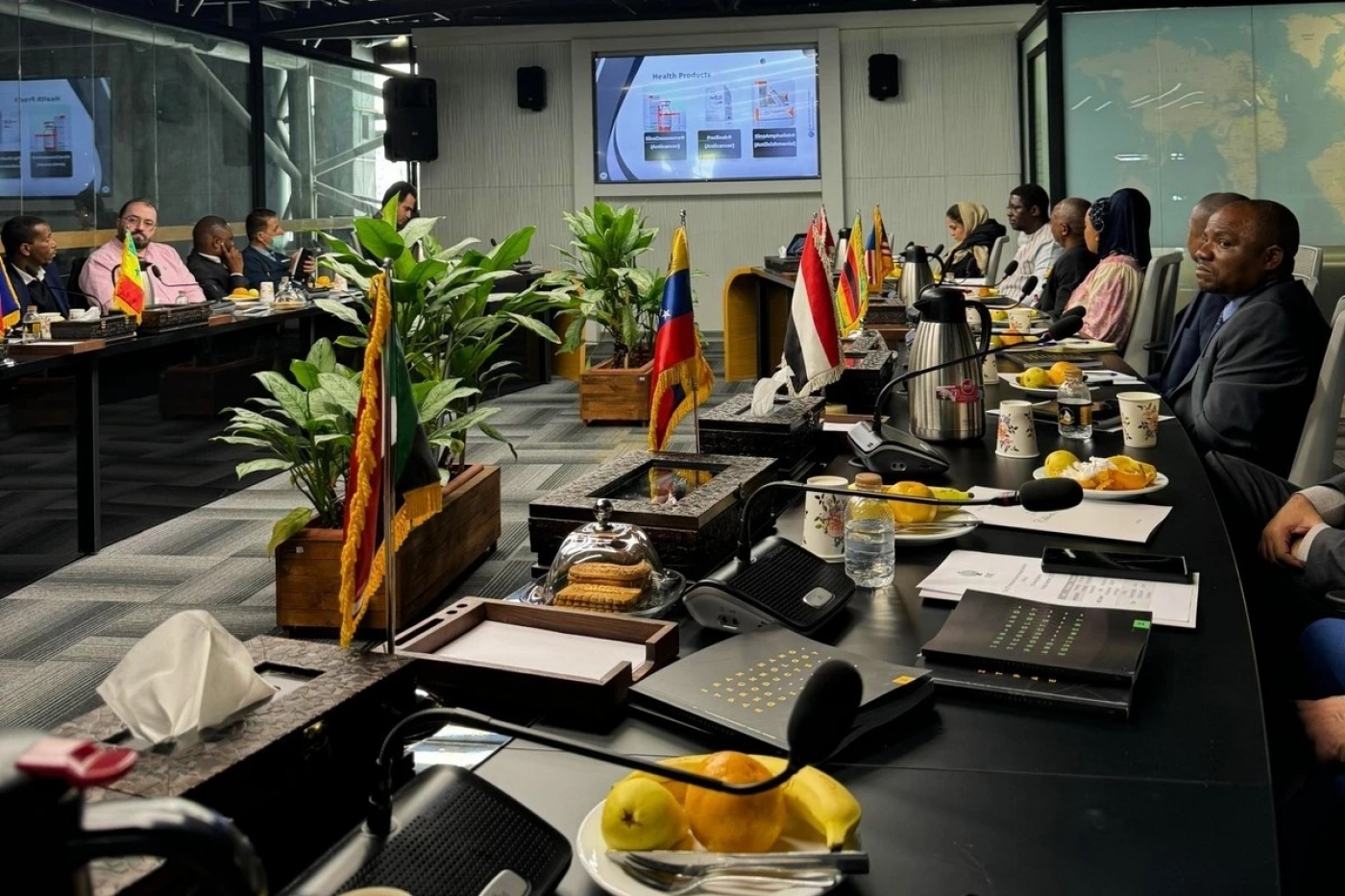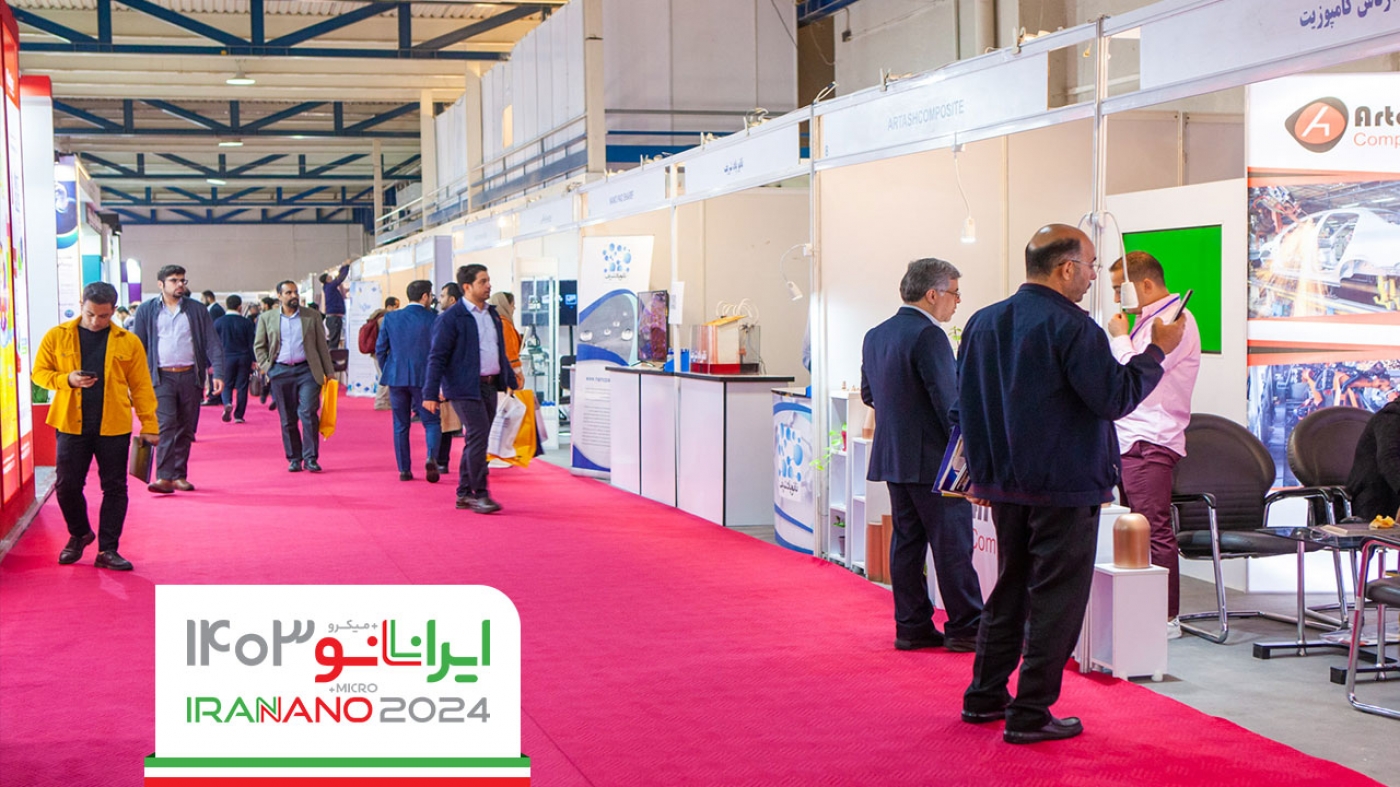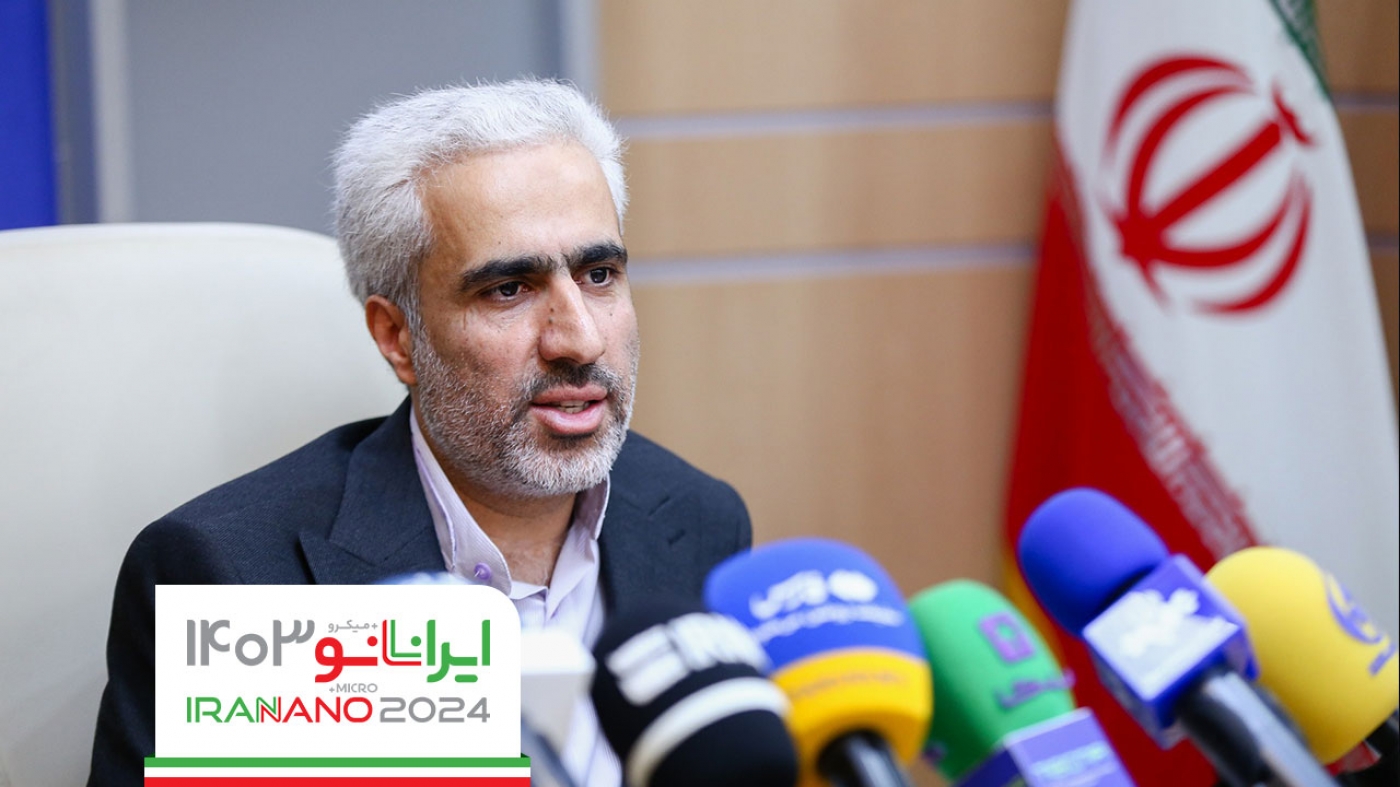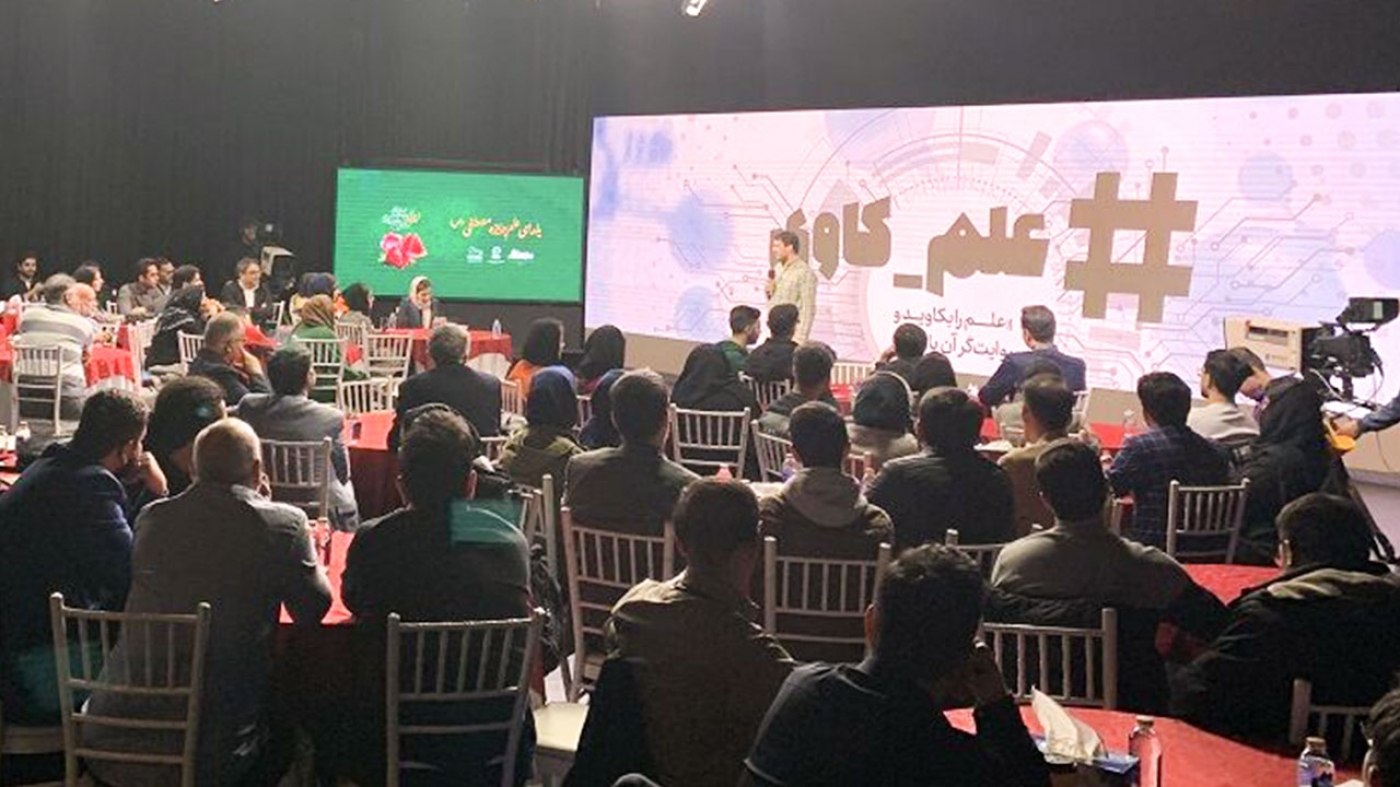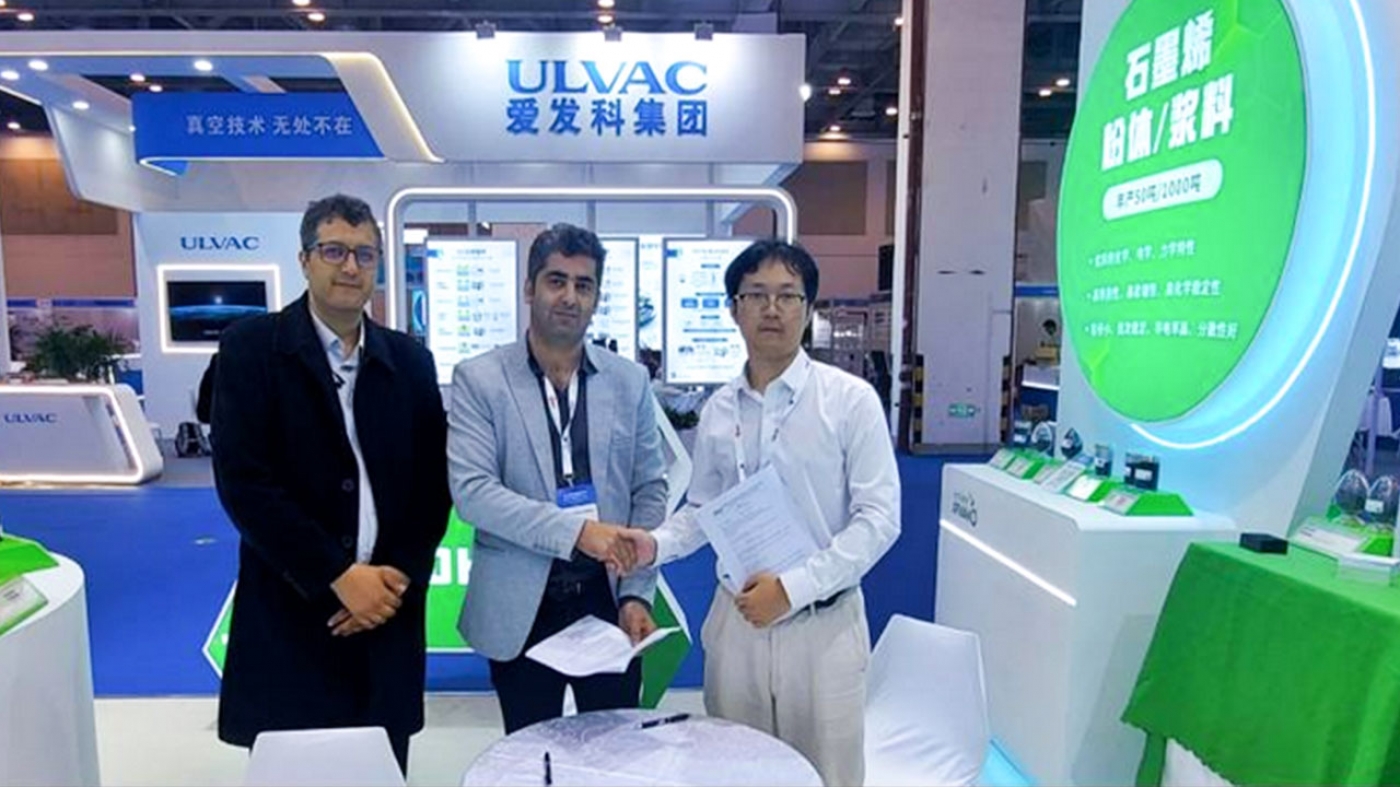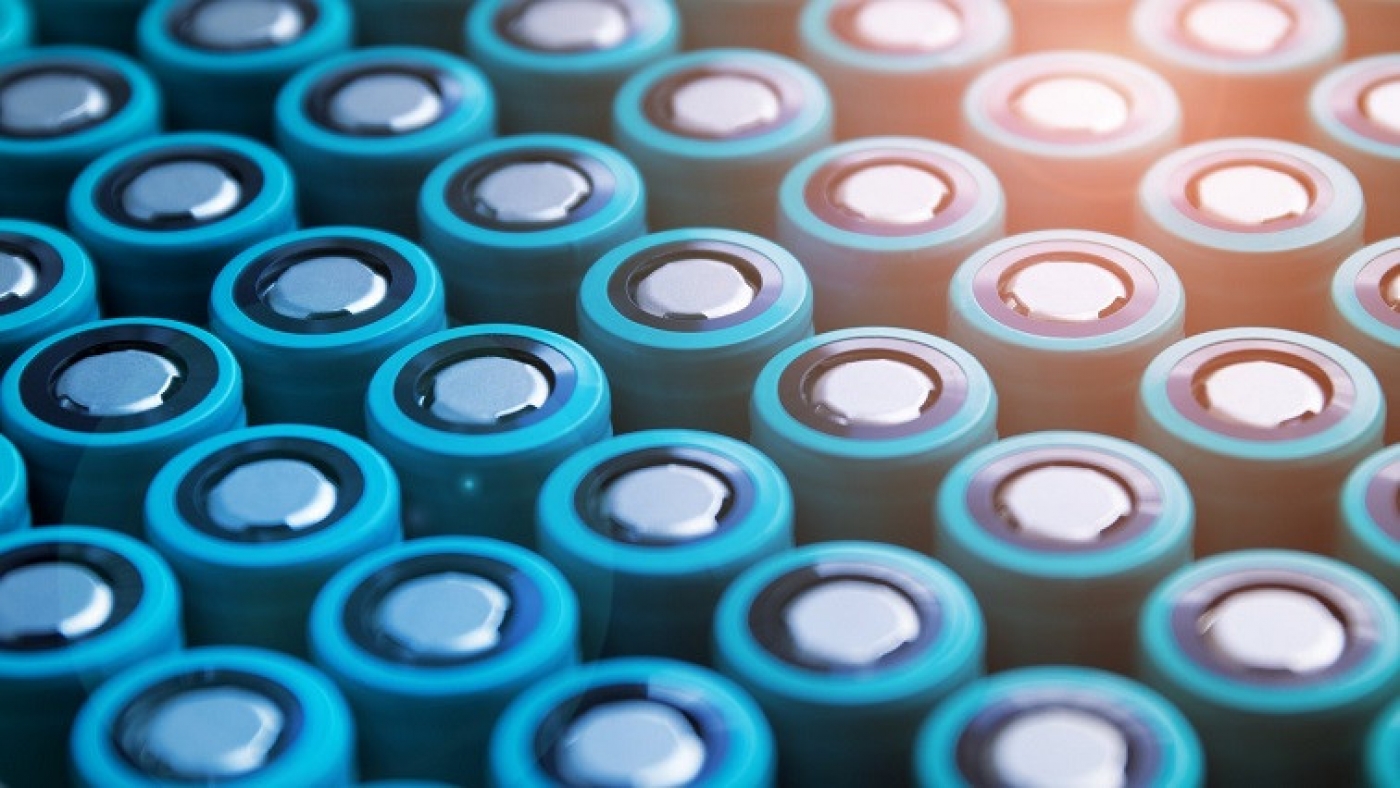
Nanograf, formerly called SiNode Systems, pursues advances in Lithium-ion battery anodes for a wide range of industries from consumer electronics to electric vehicles. NanoGraf explains that it uses a proprietary silicon alloy-graphene material architecture to overcome the silicon anode technical hurdles. The combination of silicon-based alloys and a flexible 3D graphene network helps stabilize the active material during charge and discharge.
The company’s manufacturing process is different from others that rely on expensive and complex vapor deposition-based systems. Instead, a wet chemistry process has been developed that is highly scalable and already proven in a multi-ton-scale pilot manufacturing line in Japan. The anode material drops into existing electrode mixing and coating equipment and has been validated in large-scale battery manufacturing facilities.
NanoGraf has produced approximately 50,000 cells for customers with a high yield throughput, which will be used primarily for tactical radios and other military applications in support of the Family of Advanced Standard Batteries (FASTBat) program. Thanks to NanoGraf’s proprietary silicon anode material, these batteries will last up to 15% longer than what U.S. soldiers currently use and are cross-compatible with more of their devices.
“We’ve been working toward this production milestone for several years, and it’s incredibly exciting to see it come to fruition,” said Francis Wang, CEO of NanoGraf. “We’re very proud to reach our goal of producing this many finished cell products, and continue our work with the Department of Defense to ensure soldiers have the power they need to complete their missions.”
NanoGraf’s production run was done on a standard high-volume manufacturing line with its third party cell manufacturer. Its silicon anode material was successfully used as a drop-in to its traditional manufacturing process and has proven to be manufacturable in a high energy cell density.
“This production run is an exciting achievement for NanoGraf, validating that our commercial scale manufacturing successfully meets the performance requirements of the cell,” said Connor Hund, Chief Operating Officer of NanoGraf. “We look forward to our continued growth as we aim to expand commercial material production to 50 tons per year in our Chicago facility.”
The production run is just one of several recent announcements around NanoGraf’s growth. In January, the company announced a new contract worth up to $15 million from the U.S. Army to develop cross-compatible batteries for soldiers in the field, which brings NanoGraf’s total U.S. Department of Defense funding to $45 million. In March, NanoGraf also announced a new 67,850-square-foot facility for advanced manufacturing and expanded R&D capabilities, increasing its Chicago footprint by nearly 400%.
